Tag: Brady (Mathew B.)
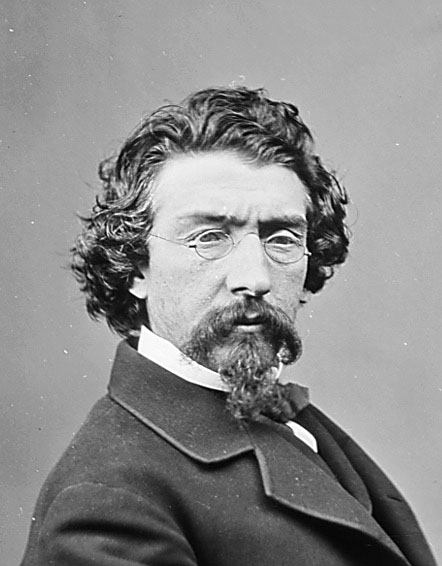 Wikipedia says: Mathew B. Brady (May 18, 1822 – January 15, 1896) was one of the earliest photographers in American history. Best known for his scenes of the Civil War, he studied under inventor Samuel F. B. Morse, who pioneered the daguerreotype technique in America. Brady opened his own studio in New York in 1844, and photographed Andrew Jackson, John Quincy Adams, and Abraham Lincoln, among other public figures.
Wikipedia says: Mathew B. Brady (May 18, 1822 – January 15, 1896) was one of the earliest photographers in American history. Best known for his scenes of the Civil War, he studied under inventor Samuel F. B. Morse, who pioneered the daguerreotype technique in America. Brady opened his own studio in New York in 1844, and photographed Andrew Jackson, John Quincy Adams, and Abraham Lincoln, among other public figures.
When the Civil War started, his use of a mobile studio and darkroom enabled vivid battlefield photographs that brought home the reality of war to the public. Thousands of war scenes were captured, as well as portraits of generals and politicians on both sides of the conflict, though most of these were taken by his assistants, rather than by Brady himself.
After the war, these pictures went out of fashion, and the government did not purchase the master-copies as he had anticipated. Brady’s fortunes declined sharply, and he died in debt.
…At first, the effect of the Civil War on Brady’s business was a brisk increase in sales of cartes de visite to departing soldiers. Brady readily marketed to parents the idea of capturing their young soldiers’ images before they might be lost to war by running an ad in The New York Daily Tribune that warned, “You cannot tell how soon it may be too late.” However, he was soon taken with the idea of documenting the war itself. He first applied to an old friend, General Winfield Scott, for permission to have his photographers travel to the battle sites, and eventually, he made his application to President Lincoln himself. Lincoln granted permission in 1861, with the proviso that Brady finance the project himself.
His efforts to document the American Civil War on a grand scale by bringing his photographic studio onto the battlefields earned Brady his place in history. Despite the dangers, financial risk, and discouragement by his friends, Brady was later quoted as saying “I had to go. A spirit in my feet said ‘Go,’ and I went.” His first popular photographs of the conflict were at the First Battle of Bull Run, in which he got so close to the action that he barely avoided capture. While most of the time the battle had ceased before pictures were taken, Brady came under direct fire at the First Battle of Bull Run, Petersburg, and Fredericksburg.
He also employed Alexander Gardner, James Gardner, Timothy H. O’Sullivan, William Pywell, George N. Barnard, Thomas C. Roche, and seventeen other men, each of whom was given a traveling darkroom, to go out and photograph scenes from the Civil War. Brady generally stayed in Washington, D.C., organizing his assistants and rarely visited battlefields personally. However, as author Roy Meredith points out, “He [Brady] was essentially the director. The actual operation of the camera though mechanical is important, but the selection of the scene to be photographed is as important, if not more so than just ‘snapping the shutter.'”
This may have been due, at least in part, to the fact that Brady’s eyesight had begun to deteriorate in the 1850s. Many of the images in Brady’s collection are, in reality, thought to be the work of his assistants. Brady was criticized for failing to document the work, though it is unclear whether it was intentional or due simply to a lack of inclination to document the photographer of a specific image. Because so much of Brady’s photography is missing information, it is difficult to know not only who took the picture, but also exactly when or where it was taken.
In October 1862 Brady opened an exhibition of photographs from the Battle of Antietam in his New York gallery, titled The Dead of Antietam. Many images in this presentation were graphic photographs of corpses, a presentation new to America. This was the first time that many Americans saw the realities of war in photographs, as distinct from previous “artists’ impressions”.
Mathew Brady, through his many paid assistants, took thousands of photos of American Civil War scenes. Much of the popular understanding of the Civil War comes from these photos. There are thousands of photos in the US National Archives and the Library of Congress taken by Brady and his associates, Alexander Gardner, George Barnard and Timothy O’Sullivan. The photographs include Lincoln, Grant, and soldiers in camps and battlefields. The images provide a pictorial cross reference of American Civil War history. Brady was not able to photograph actual battle scenes, as the photographic equipment in those days was still in the infancy of its technical development and required that a subject be still for a clear photo to be produced.
Following the conflict, a war-weary public lost interest in seeing photos of the war, and Brady’s popularity and practice declined drastically.
Showing 1–16 of 24 results
-
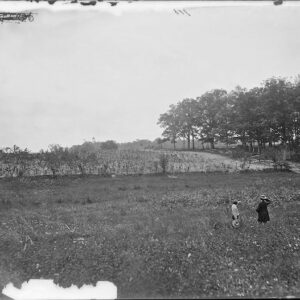
Image ID: ABXL
$4.99 – $6.99 -
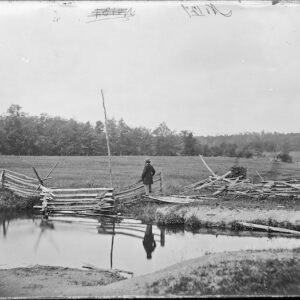
Image ID: ACDF
$4.99 -
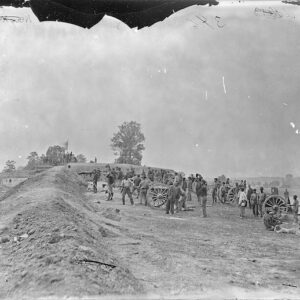
Image ID: AESM
$4.99 -
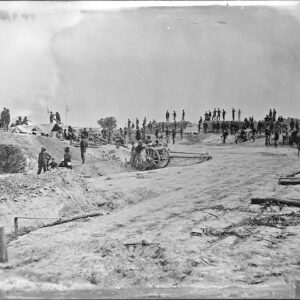
Image ID: AESV
$4.99 -
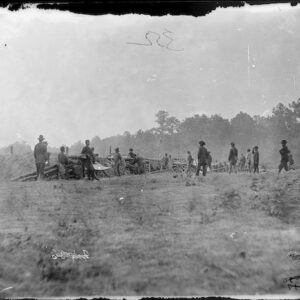
Image ID: AEUS
$4.99 -
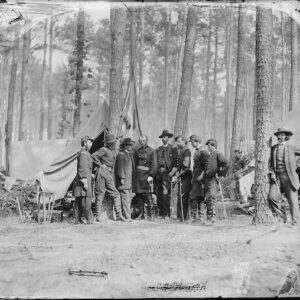
Image ID: AFXD
$4.99 – $6.99 -
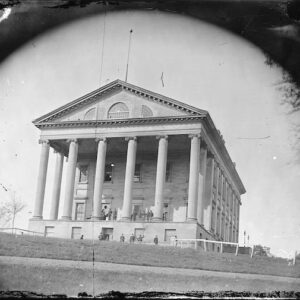
Image ID: AGNJ
$4.99 – $6.99 -
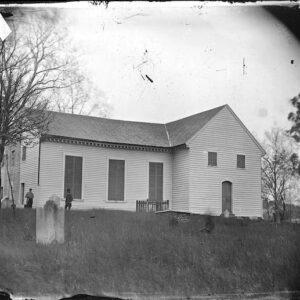
Image ID: AGPP
$4.99 – $6.99 -
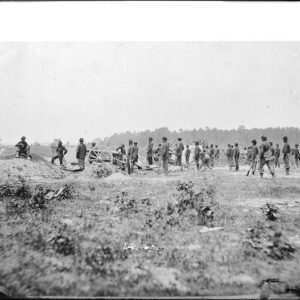
Image ID: AIFV
$4.99 – $6.99 -
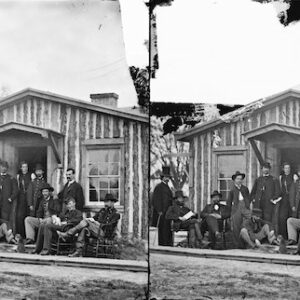
Image ID: AJEQ
$6.99 -
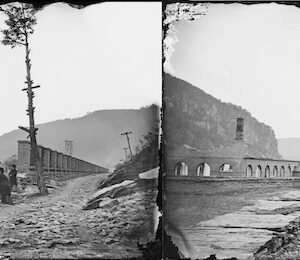
Image ID: AJGU
$5.99 -
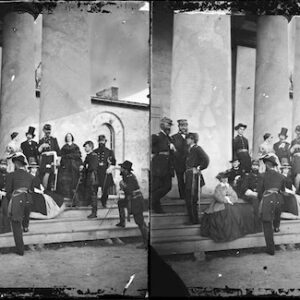
Image ID: AKOQ
$6.99 -
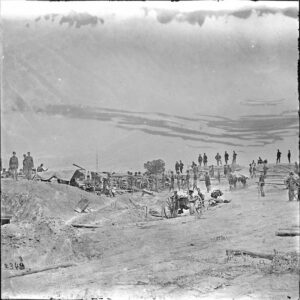
Image ID: AKPT
$5.99 -
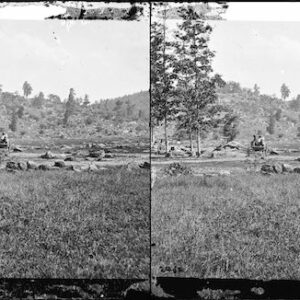
Image ID: AKRP
$6.99 -
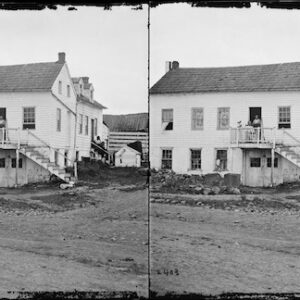
Image ID: AKRS
$6.99 -
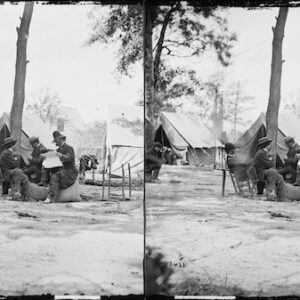
Image ID: AKSO
$6.99